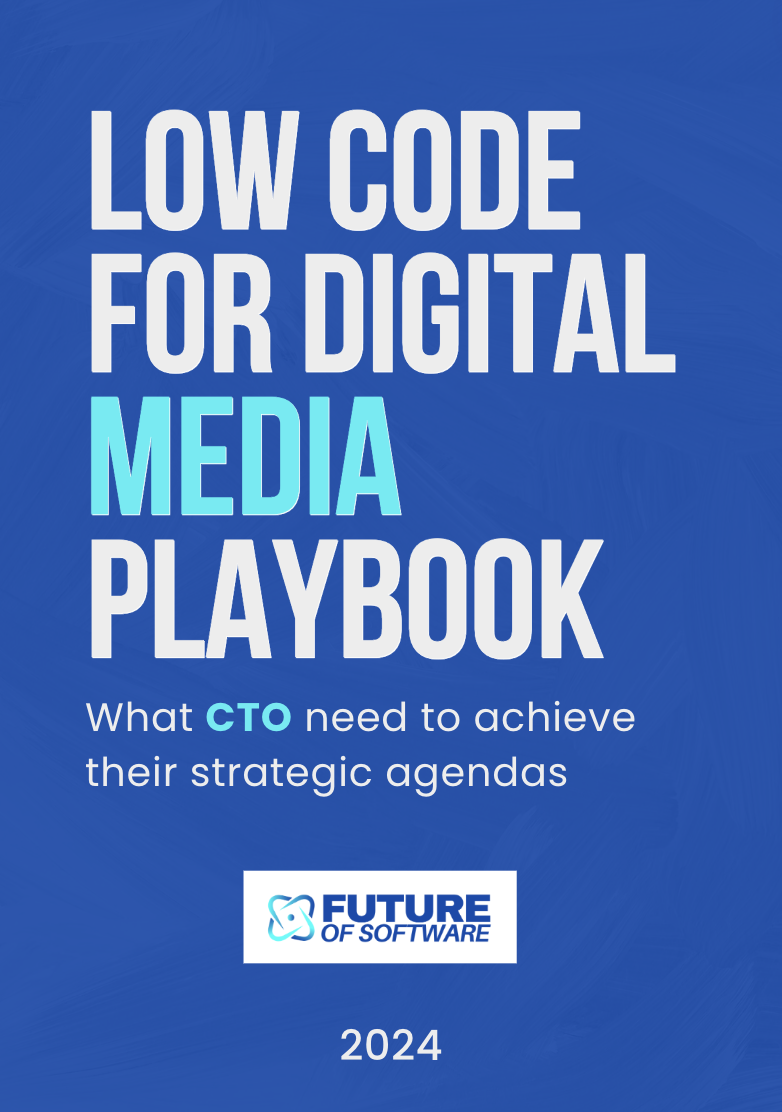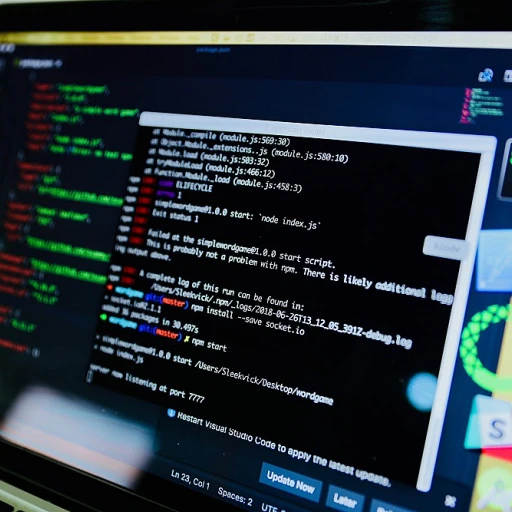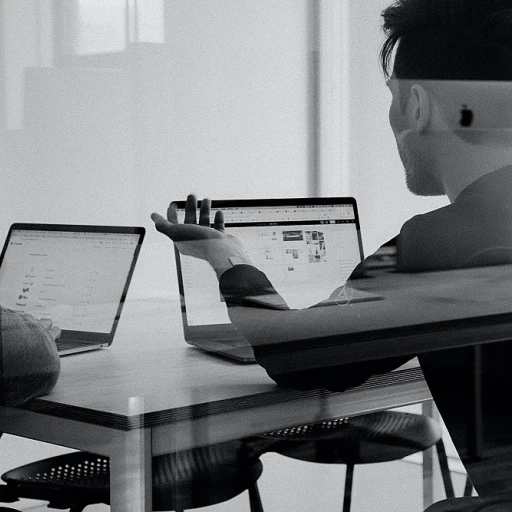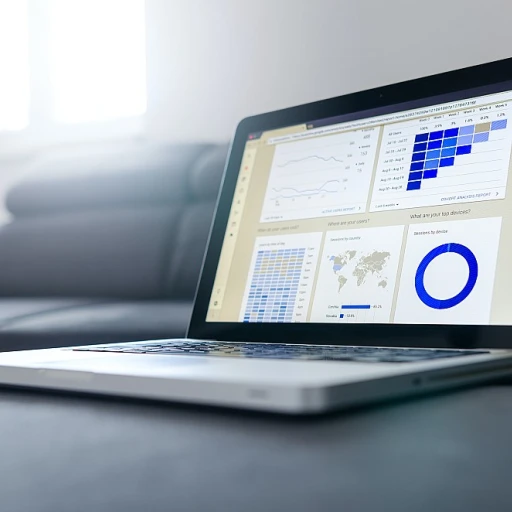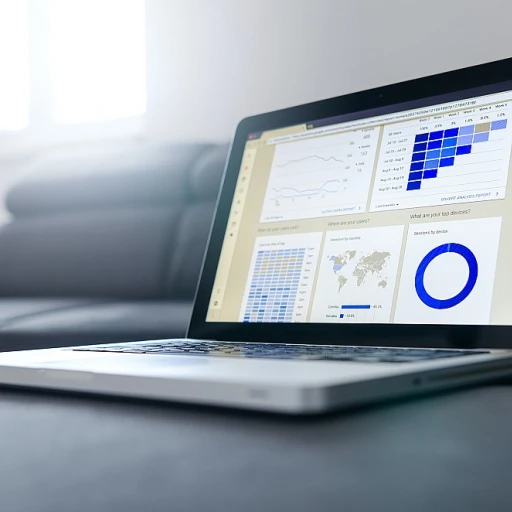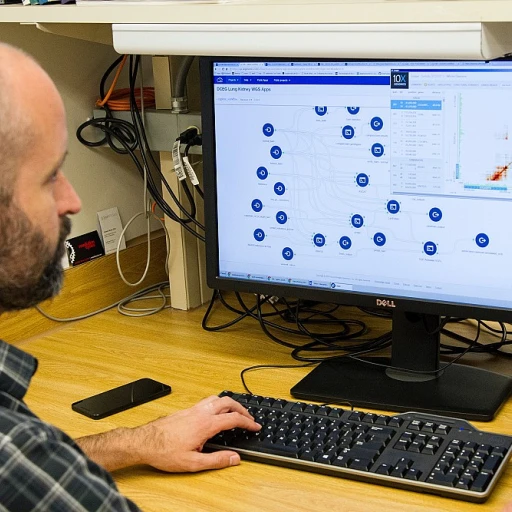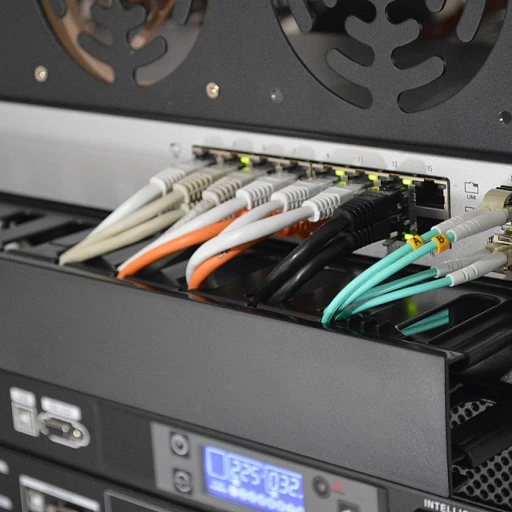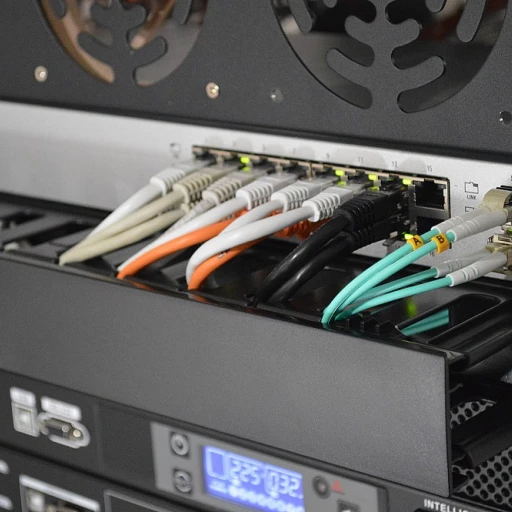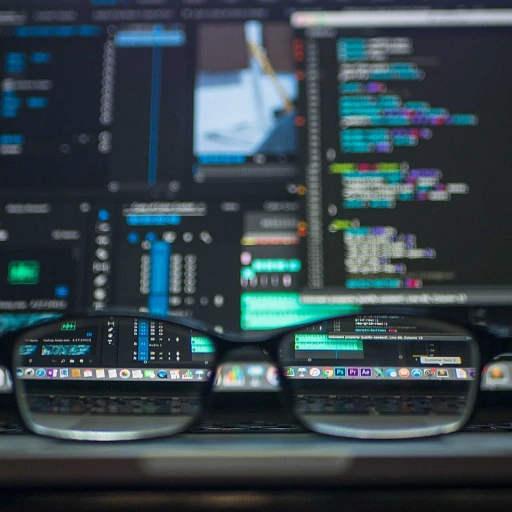
The Rise of Interconnected IoT Systems
The Emergence of a Connected Ecosystem
The Internet of Things (IoT) has rapidly evolved from a futuristic concept to a tangible reality, transforming how devices interact and share data. This interconnected ecosystem of smart devices and sensors is reshaping industries and daily life. As more IoT devices come online, the potential for seamless communication and data exchange grows exponentially.
At the core of this transformation is the ability of IoT platforms to manage and integrate heterogeneous IoT systems. These platforms facilitate the interaction between various connected devices, enabling them to operate as a cohesive unit. This integration is crucial for real-time data processing and decision-making, which are essential for applications ranging from smart homes to industrial IoT (IIoT) solutions.
The rise of IoT applications is driven by the need for efficient data management and service delivery. As IoT data continues to grow, the demand for robust IoT solutions that can handle large volumes of information in real time becomes more pressing. This trend is evident in various application domains, including healthcare, transportation, and energy management.
For those interested in the broader implications of this interconnected future, exploring innovative software for a seamlessly connected future provides valuable insights into how software is adapting to meet these new challenges.
Challenges in Developing Interconnected IoT Software
Complexity in Managing Diverse IoT Ecosystems
The development of interconnected IoT systems presents a unique set of challenges, primarily due to the sheer diversity of devices and platforms involved. With the proliferation of IoT devices, ranging from smart home gadgets to industrial IoT (IIoT) units, ensuring seamless integration and communication across these heterogeneous systems is a daunting task. Each device, whether a sensor or a smart device, often operates on different protocols and standards, complicating the development of a unified IoT platform.
Data Overload and Real-Time Processing
Another significant challenge is the management of the vast amounts of data generated by connected devices. IoT applications rely heavily on real-time data processing to deliver timely insights and services. However, the ability to process and analyze this big data in real-time is often hindered by limitations in current IoT platforms and infrastructure. Ensuring that IoT systems can handle this data deluge efficiently is crucial for the success of any IoT project.
Interoperability and Standardization Issues
Interoperability remains a critical hurdle in the development of interconnected IoT systems. The lack of standardized protocols across different IoT platforms and devices can lead to compatibility issues, hindering the seamless integration of IoT solutions. This fragmentation not only affects the performance of IoT applications but also increases the complexity of IoT system management.
Security and Privacy Challenges
As IoT systems become more interconnected, the potential for security breaches and privacy violations increases. Protecting IoT data and ensuring the security of connected devices is a significant concern for developers and users alike. Implementing robust security measures and privacy controls is essential to safeguard sensitive information and maintain user trust.
For more insights on how these challenges are being addressed and the innovative solutions being developed, explore our article on innovative software for a seamlessly connected future.
Technological Advancements Driving IoT Integration
Technological Innovations Fueling IoT Integration
The rapid evolution of interconnected IoT systems is largely driven by technological advancements that are reshaping how devices communicate and function. The integration of IoT platforms is becoming more seamless, thanks to innovations in various domains.
One of the key drivers is the development of smart devices equipped with advanced sensors and real-time data processing capabilities. These devices are not only more efficient but also capable of interacting with a multitude of other connected devices within a network. This interconnectivity is crucial for the Internet of Things (IoT) to function effectively, allowing for the collection and analysis of big data across different application domains.
Another significant advancement is the emergence of robust IoT platforms that facilitate the management and integration of diverse IoT solutions. These platforms provide a comprehensive framework for IoT applications, enabling developers to create more sophisticated and scalable IoT projects. The ability to manage heterogeneous IoT systems through a unified platform is a game-changer, enhancing the efficiency and effectiveness of IoT systems.
Moreover, the integration of artificial intelligence into IoT systems is transforming how IoT devices operate. AI algorithms enable smart devices to learn from IoT data, improving decision-making processes and optimizing performance. This synergy between AI and IoT is paving the way for more intelligent and autonomous IoT applications.
For more insights into how these technological advancements are shaping the future of IoT, you can explore our detailed analysis on emerging software technologies.
The Role of AI and Machine Learning in IoT
The Transformative Power of AI in IoT
Artificial intelligence (AI) and machine learning are revolutionizing the landscape of interconnected IoT systems. These technologies are pivotal in managing the vast amounts of IoT data generated by connected devices. By analyzing this data in real time, AI can provide actionable insights that enhance the efficiency and functionality of IoT applications.
One of the key benefits of integrating AI with IoT is the ability to automate processes across various application domains. For instance, in smart homes, AI-driven IoT platforms can learn user preferences over time, optimizing energy consumption and improving user comfort. Similarly, in industrial settings, known as IIoT, AI can predict equipment failures before they occur, reducing downtime and maintenance costs.
Machine Learning Enhancing IoT Capabilities
Machine learning algorithms are essential for processing the heterogeneous data collected from diverse IoT devices. These algorithms can identify patterns and anomalies, enabling predictive maintenance and enhancing security measures. For example, in healthcare, AI-powered smart devices can monitor patient vitals and alert medical professionals in case of irregularities, ensuring timely intervention.
Moreover, AI facilitates the seamless integration of IoT systems by enabling interoperability among different IoT platforms. This is crucial for the development of comprehensive IoT solutions that can operate across various sectors, from transportation to agriculture.
Real-Time Decision Making and Automation
The ability of AI to process and analyze data in real time is a game-changer for IoT projects. This capability allows for immediate decision-making, which is vital in scenarios where time-sensitive actions are required. For example, in autonomous vehicles, AI processes data from multiple sensors to make split-second decisions, ensuring safety and efficiency.
In conclusion, the integration of AI and machine learning into IoT systems is not just enhancing the capabilities of connected devices but is also paving the way for more intelligent and autonomous IoT applications. As these technologies continue to evolve, they will undoubtedly play a crucial role in shaping the future of the Internet of Things.
Privacy and Security Concerns in Interconnected IoT
Addressing Privacy and Security in IoT Systems
The rapid expansion of interconnected IoT systems has brought about significant concerns regarding privacy and security. As more devices become connected, the volume of data generated and transmitted over the internet increases exponentially. This data, often sensitive, needs robust protection to prevent unauthorized access and misuse.
One of the primary challenges is the heterogeneous nature of IoT devices. With a wide variety of devices connected, each with different capabilities and security protocols, ensuring a unified security standard becomes complex. IoT platforms must address these disparities to create a secure environment for data exchange.
Real-time data management is another critical aspect. IoT applications often require immediate data processing, which can expose vulnerabilities if not properly managed. Implementing strong encryption methods and secure data transmission protocols is essential to safeguard IoT data.
Ensuring Secure IoT Platforms
IoT platforms play a crucial role in managing the security of connected devices. They must offer comprehensive security solutions that include device authentication, data encryption, and continuous monitoring for potential threats. These platforms should also provide regular updates to address emerging security challenges.
Moreover, the integration of artificial intelligence in IoT systems can enhance security measures. AI can help in identifying unusual patterns and potential threats in real-time, allowing for quicker responses to security breaches.
Balancing Innovation and Privacy
While the development of smart devices and IoT solutions continues to advance, it is vital to balance innovation with privacy concerns. Users must be informed about how their data is collected, used, and protected. Transparency in data management practices will build trust and encourage wider adoption of IoT technologies.
In conclusion, as IoT systems evolve, addressing privacy and security concerns will be paramount. By implementing robust security measures and maintaining transparency, the industry can ensure the safe and effective use of IoT technologies across various application domains.
Future Trends in Interconnected IoT Software
Emerging Trends in IoT Software Development
The future of interconnected IoT systems is poised for significant transformation, driven by several emerging trends. As IoT platforms evolve, they will increasingly integrate with other technologies to enhance functionality and efficiency. Here are some key trends shaping the future of IoT software:
- Edge Computing: With the proliferation of IoT devices, edge computing is becoming essential. By processing data closer to where it is generated, edge computing reduces latency and improves real-time decision-making. This shift is crucial for applications requiring immediate responses, such as autonomous vehicles and industrial automation.
- Interoperability and Standardization: The heterogeneous nature of IoT devices necessitates greater interoperability. Standardization efforts are underway to ensure seamless communication between different IoT systems and platforms, facilitating more efficient data exchange and management.
- AI and Machine Learning Integration: As discussed earlier, AI and machine learning are integral to the advancement of IoT. These technologies enable smart devices to analyze vast amounts of IoT data, providing predictive insights and automating complex tasks across various application domains.
- Enhanced Security Protocols: With the increase in connected devices, security remains a top priority. Future IoT solutions will incorporate advanced security measures, including blockchain technology and AI-driven threat detection, to protect sensitive data and ensure privacy.
- IoT in Smart Cities: IoT applications are transforming urban environments into smart cities, optimizing resource management and improving quality of life. From smart traffic systems to efficient energy management, IoT platforms are at the forefront of urban innovation.
These trends highlight the dynamic nature of IoT software development. As technology continues to evolve, interconnected IoT systems will play a pivotal role in shaping a more connected and efficient future.


